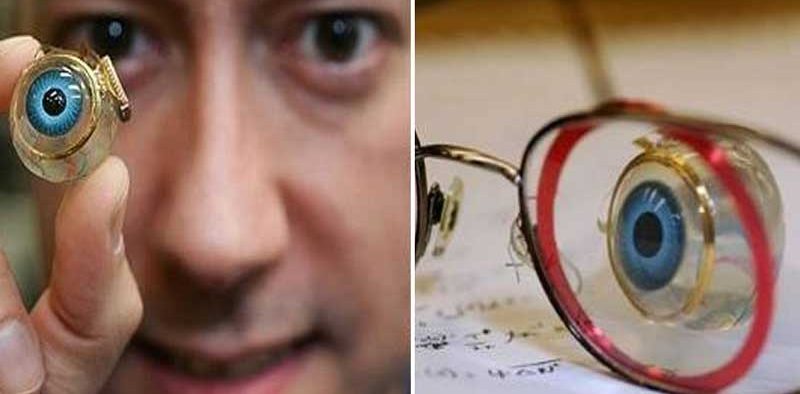World’s First Bionic Eye To Fully Restore Vision

Australian University Develops World’s First Bionic Eye To Fully Restore Vision In Blind People.
The team at Monash University claims that they have built a system through which people who suffer blindness in any form would be able to see again. According to them, this is the world’s first bionic eye.
Scientists around the world have been conducting research to find a cure for individuals suffering from blindness. Various bionic solutions found so far have not yet been able to help blind individuals on a larger scale. The team at Monash University claims that they have built a system through which blind people would be able to see again. According to them, this is the world’s first bionic eye. The bionic eye dubbed ‘Gennaris bionic vision system’ has been under development for nearly a decade now. It works by bypassing damaged optic nerves to allow signals to be transmitted from the retina to the vision center of the brain.
The user would have to wear a custom-designed headgear that has the camera and a wireless transmitter installed. A set of 9 mm tiles are implanted in the brain that receives the signals from the aforementioned receiver. Arthur Lowery, professor at Monash University’s Department of Electrical and Computer Systems Engineering, said in a statement, “Our design creates a visual pattern from combinations of up to 172 spots of light (phosphenes) which provides information for the individual to navigate indoor and outdoor environments, and recognize the presence of people and objects around them.”
Further, researchers are looking to advance their system to help people with untreatable neurological conditions like limb paralysis, quadriplegia. “If successful, the MVG [Monash Vision Group] team will look to create a new commercial enterprise focused on providing a vision to people with untreatable blindness and movement to the arms of people paralyzed by quadriplegia, transforming their health care.” With this system, there is some light at the end of the tunnel for those who have lost their vision and they might be able to view or experience things through the bionic eye. Researchers have seen successful results in sheep with minimal side effects where it was safely implanted into their brains. They are now preparing to take it to the next level for its first-ever human clinical trial, which is expected to be conducted in Melbourne.









